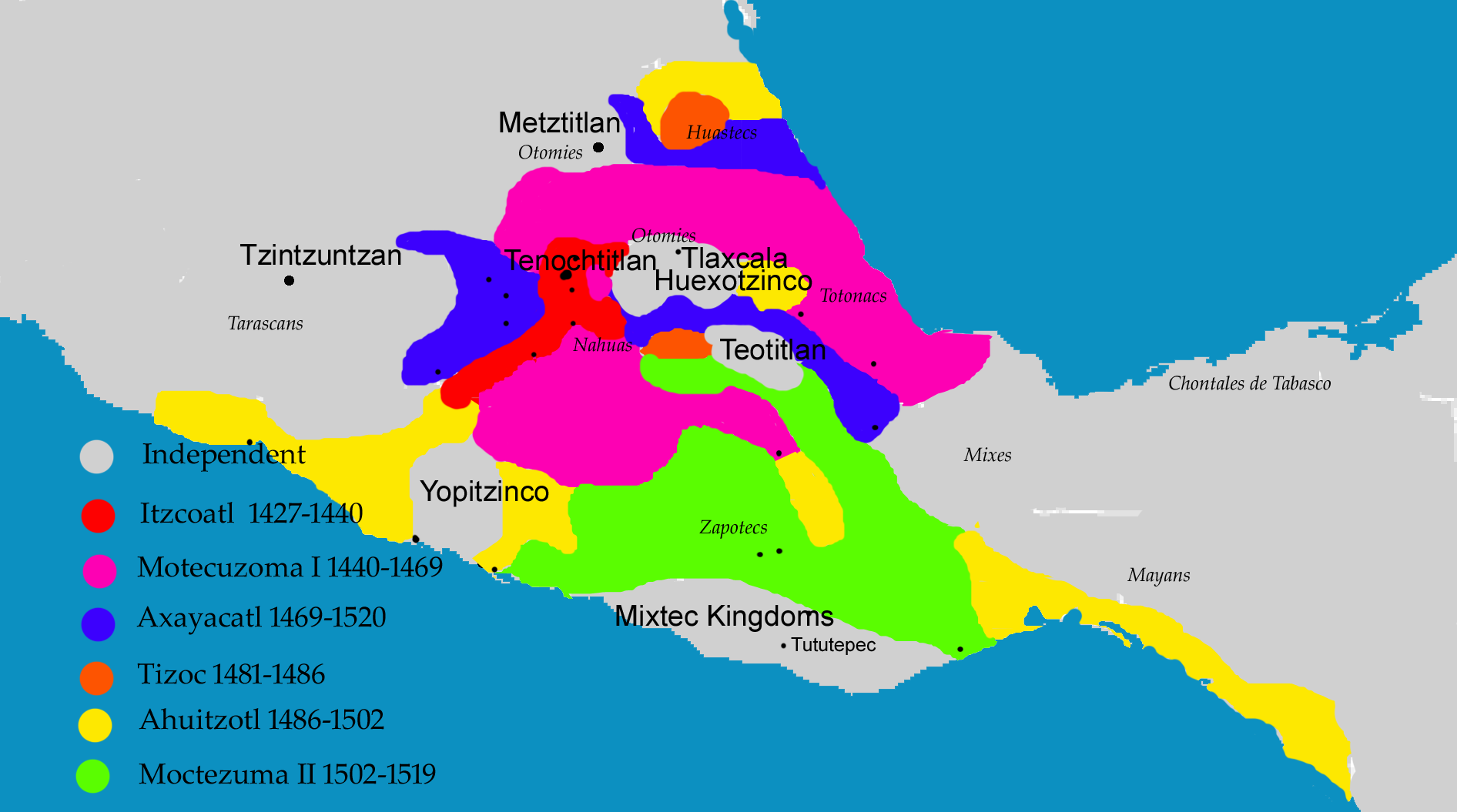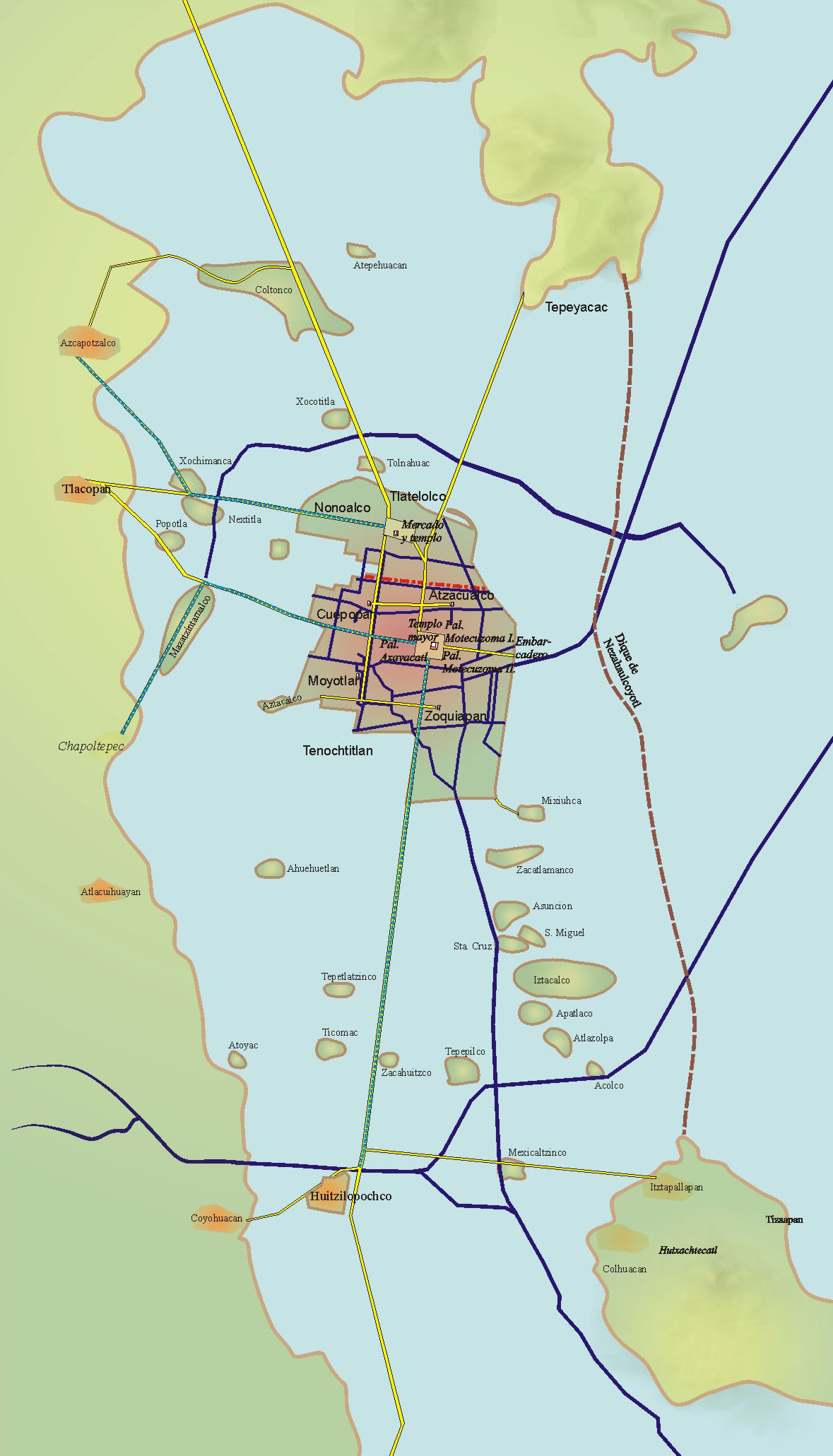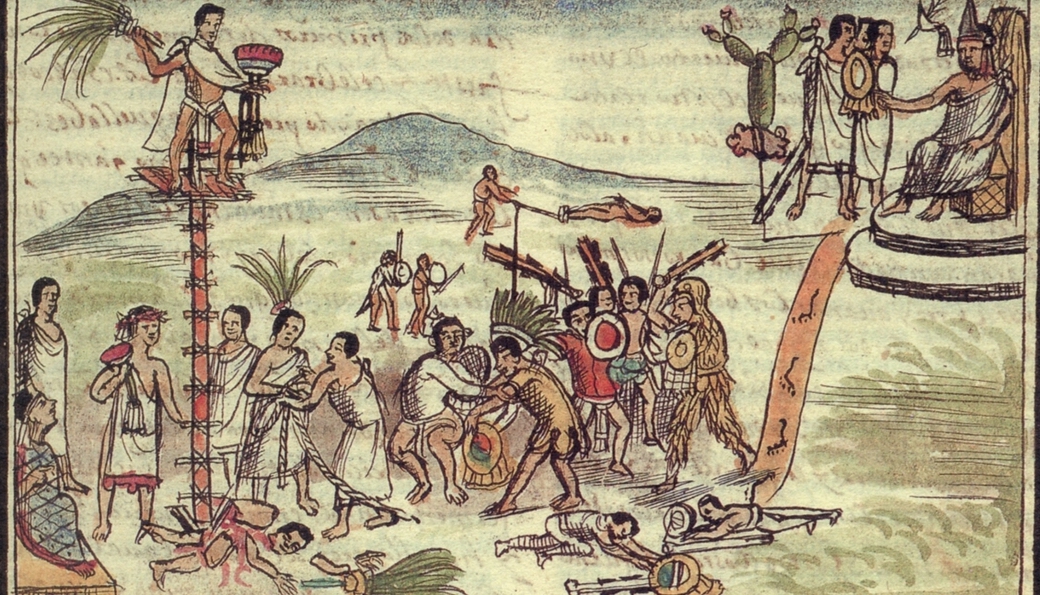|
1469 Births
Year 1469 ( MCDLXIX) was a common year starting on Sunday of the Julian calendar. Events January–December * February 4 – Battle of Qarabagh: Uzun Hasan decisively defeats the Timurids of Abu Sa'id Mirza. * July 24 – Battle of Edgcote: Yorkists are defeated and, in the aftermath, King Edward IV of England is taken prisoner. * August–October – Caister Castle in England is besieged by John de Mowbray, 4th Duke of Norfolk. * October 19 – Ferdinand II of Aragon marries Isabella I of Castile in Valladolid, bringing about a dynastic union. Date unknown * Sigismund of Austria sells Upper-Elsass (Alsace) to Charles the Bold, in exchange for aid in a war against the Swiss. * Moctezuma I, Aztec ruler of Tenochtitlan, dies and is succeeded by Axayacatl. * Anglo-Hanseatic War breaks out. * Marsilio Ficino completes his translation of the collected works of Plato, writes ''Commentary on Plato's Symposium on Love'', and starts to work on ''Pl ... [...More Info...] [...Related Items...] OR: [Wikipedia] [Google] [Baidu] |
Roman Numerals
Roman numerals are a numeral system that originated in ancient Rome and remained the usual way of writing numbers throughout Europe well into the Late Middle Ages. Numbers are written with combinations of letters from the Latin alphabet, each with a fixed integer value. The modern style uses only these seven: The use of Roman numerals continued long after the Fall of the Western Roman Empire, decline of the Roman Empire. From the 14th century on, Roman numerals began to be replaced by Arabic numerals; however, this process was gradual, and the use of Roman numerals persisted in various places, including on clock face, clock faces. For instance, on the clock of Big Ben (designed in 1852), the hours from 1 to 12 are written as: The notations and can be read as "one less than five" (4) and "one less than ten" (9), although there is a tradition favouring the representation of "4" as "" on Roman numeral clocks. Other common uses include year numbers on monuments and buildin ... [...More Info...] [...Related Items...] OR: [Wikipedia] [Google] [Baidu] |
Isabella I Of Castile
Isabella I (; 22 April 1451 – 26 November 1504), also called Isabella the Catholic (Spanish: ''Isabel la Católica''), was Queen of Castile and List of Leonese monarchs, León from 1474 until her death in 1504. She was also Queen of Aragon from 1479 until her death as the wife of King Ferdinand II of Aragon, Ferdinand II. Reigning together over a Dynastic union, dynastically unified Spain, Isabella and Ferdinand are known as the Catholic Monarchs of Spain, Catholic Monarchs. Her reign marked the end of Reconquista and also the start of Spanish Empire and dominance of Spain over European Politics for the next century. After a struggle to claim the throne, Isabella reorganized the governmental system, brought the crime rate down, and unburdened the kingdom of the debt which her half-brother King Henry IV of Castile, Henry IV had left behind. Isabella's marriage to Ferdinand of Aragon in 1469 created the basis of the ''de facto'' unification of Spain. Her reforms and those she ... [...More Info...] [...Related Items...] OR: [Wikipedia] [Google] [Baidu] |
Marsilio Ficino
Marsilio Ficino (; Latin name: ; 19 October 1433 – 1 October 1499) was an Italian scholar and Catholic priest who was one of the most influential humanist philosophers of the early Italian Renaissance. He was an astrologer, a reviver of Neoplatonism in touch with the major academics of his day, and the first translator of Plato's complete extant works into Latin. His Florentine Academy, an attempt to revive Plato's Academy, influenced the direction and tenor of the Italian Renaissance and the development of European philosophy. Early life Ficino was born at Figline Valdarno. His father, Diotifeci d'Agnolo, was a physician under the patronage of Cosimo de' Medici, who took the young man into his household and became the lifelong patron of Marsilio, who was made tutor to his grandson, Lorenzo de' Medici. Giovanni Pico della Mirandola, the Italian humanist philosopher and scholar, was another of his students. Career and thought Platonic Academy During the sessions at ... [...More Info...] [...Related Items...] OR: [Wikipedia] [Google] [Baidu] |
Anglo-Hanseatic War
The Anglo-Hanseatic War was a conflict fought between England and the Hanseatic League, led by the cities of Danzig and Lübeck, that lasted from 1469 to 1474. Causes of the war include increasing English pressure against the trade of the Hanseatic cities on the southern coast of the Baltic Sea. Background In the 15th century, English merchants competed with the Hanseatic League to control the wool and cloth trade in England and with the Baltic cities. They urged the Crown to acknowledge their rights to participate in the Baltic trade and in 1447 King Henry VI finally revoked all Hansa privileges. Several Lübeck and Danzig vessels were captured by English privateers in May 1449. After long and difficult negotiations, an eight-years armistice was agreed in 1456. However, in 1458 English privateers started to move against Hansa shipping again. Peace talks at Hamburg failed in 1465, in particular since Henry VI refused to issue compensation and the Hanseatic cities disagreed ... [...More Info...] [...Related Items...] OR: [Wikipedia] [Google] [Baidu] |
Axayacatl
Axayacatl (; ; ; meaning "face of water"; –1481) was the sixth of the of Tenochtitlan and Emperor of the Aztec Triple Alliance. Biography Early life and background Axayacatl was a son of the princess Atotoztli II and her cousin, prince Tezozomoc (son of Itzcoatl), Tezozomoc. He was a grandson of the Emperors Moctezuma I and Itzcoatl. He was a descendant of the king Cuauhtototzin. He was a successor of Moctezuma and his brothers were Emperors Tizoc and Ahuitzotl and his sister was the Queen Chalchiuhnenetzin. He was an uncle of the Emperor Cuauhtémoc and father of Emperors Moctezuma II and Cuitláhuac. Rise to power During his youth, his military prowess gained him the favor influential figures such as Nezahualcoyotl (tlatoani), Nezahualcoyotl and Tlacaelel I, and thus, upon the death of Moctezuma I in 1469, he was chosen to ascend to the throne, much to the displeasure of his two older brothers, Tizoc and Ahuitzotl. It is also important that the Aztec calendar stone, ... [...More Info...] [...Related Items...] OR: [Wikipedia] [Google] [Baidu] |
Tenochtitlan
, also known as Mexico-Tenochtitlan, was a large Mexican in what is now the historic center of Mexico City. The exact date of the founding of the city is unclear, but the date 13 March 1325 was chosen in 1925 to celebrate the 600th anniversary of the city. The city was built on an island in what was then Lake Texcoco in the Valley of Mexico. The city was the capital of the expanding Aztec Empire in the 15th century until it was Fall of Tenochtitlan, captured by the Tlaxcaltec and the Spanish in 1521. At its peak, it was the largest city-state, city in the pre-Columbian Americas. It subsequently became a ''Municipalities of Mexico, cabecera'' of the Viceroyalty of New Spain. Today, the ruins of are in the historic center of the Mexican capital. The World Heritage Site of contains what remains of the geography (water, boats, Chinampa, floating gardens) of the Mexica capital. was one of two Mexica (city-states or Polity, polities) on the island, the other being . Etymol ... [...More Info...] [...Related Items...] OR: [Wikipedia] [Google] [Baidu] |
Aztec
The Aztecs ( ) were a Mesoamerican civilization that flourished in central Mexico in the Post-Classic stage, post-classic period from 1300 to 1521. The Aztec people included different Indigenous peoples of Mexico, ethnic groups of central Mexico, particularly those groups who spoke the Nahuatl, Nahuatl language and who dominated large parts of Mesoamerica from the 14th to the 16th centuries. Aztec culture was organized into city-states (''altepetl''), some of which joined to form alliances, political confederations, or empires. The Aztec Empire was a confederation of three city-states established in 1427: Tenochtitlan, the capital city of the Mexica or Tenochca, Tetzcoco (altepetl), Tetzcoco, and Tlacopan, previously part of the Tepanec empire, whose dominant power was Azcapotzalco (altepetl), Azcapotzalco. Although the term Aztecs is often narrowly restricted to the Mexica of Tenochtitlan, it is also broadly used to refer to Nahuas, Nahua polities or peoples of central Pre ... [...More Info...] [...Related Items...] OR: [Wikipedia] [Google] [Baidu] |
Moctezuma I
Moctezuma I (–1469), also known as Montezuma I, Moteuczomatzin Ilhuicamina ( ) or Huehuemoteuczoma ( ), was the second Tlatoani, Aztec emperor and fifth king of Tenochtitlan. During his reign, the Aztec Empire was consolidated, major expansion was undertaken, and Tenochtitlan started becoming the dominant partner of the Aztec Triple Alliance. Often mistaken for his popular descendant, Moctezuma II, Moctezuma I greatly contributed to the famed Aztec Empire that thrived until Spanish arrival, and he ruled over a period of peace from 1440 to 1453. Moctezuma brought social, economical, and political reform to strengthen Aztec rule, and Tenochtitlan benefited from relations with other cities. Ancestry Moctezuma was the son of emperor Huitzilihuitl (meaning 'Hummingbird Feather') and queen Miahuaxihuitl. He was a brother of Chimalpopoca, Tlacaelel I, and Huehue Zaca. He was the grandson of the first ruler of Tenochtitlan. [...More Info...] [...Related Items...] OR: [Wikipedia] [Google] [Baidu] |
Old Swiss Confederacy
The Old Swiss Confederacy, also known as Switzerland or the Swiss Confederacy, was a loose confederation of independent small states (, German or ), initially within the Holy Roman Empire. It is the precursor of the modern state of Switzerland. It formed at the end of the 13th century, from foundation of the Old Swiss Confederacy, a nucleus in what is now Central Switzerland, growth of the Old Swiss Confederacy, expanding to include the cities of Zurich and Bern by the middle of the 14th century. This formed a rare union of rural and urban medieval commune, communes, all of which enjoyed imperial immediacy in the Holy Roman Empire. This confederation of eight cantons () was politically and militarily successful for more than a century, culminating in the Burgundy Wars of the 1470s which established it as a power in the complicated political landscape dominated by Early modern France, France and the Habsburg monarchy, Habsburgs. Its success resulted in the addition of more con ... [...More Info...] [...Related Items...] OR: [Wikipedia] [Google] [Baidu] |
Charles The Bold
Charles Martin (10 November 1433 – 5 January 1477), called the Bold, was the last duke of Burgundy from the House of Valois-Burgundy, ruling from 1467 to 1477. He was the only surviving legitimate son of Philip the Good and his third wife, Isabella of Portugal. As heir and as ruler, Charles vied for power and influence with rivals such as his overlord, King Louis XI of France. In 1465 Charles led a successful revolt of Louis's vassals in the War of the Public Weal. After becoming the Duke of Burgundy in 1467, Charles pursued his ambitions for a kingdom, independent from France, that would stretch contiguously from the North Sea in the north to the borders of Savoy in the south. For this purpose, he acquired Guelders and Upper Alsace; sought the title King of the Romans; and gradually became an enemy of the Germans. Charles married Margaret of York for an English alliance. He arranged the betrothal between his sole child, Mary, with Maximilian of Austria. A passiona ... [...More Info...] [...Related Items...] OR: [Wikipedia] [Google] [Baidu] |
Alsace
Alsace (, ; ) is a cultural region and a territorial collectivity in the Grand Est administrative region of northeastern France, on the west bank of the upper Rhine, next to Germany and Switzerland. In January 2021, it had a population of 1,919,745. Alsatian culture is characterized by a blend of German and French influences. Until 1871, Alsace included the area now known as the Territoire de Belfort, which formed its southernmost part. From 1982 to 2016, Alsace was the smallest administrative in metropolitan France, consisting of the Bas-Rhin and Haut-Rhin Departments of France, departments. Territorial reform passed by the French Parliament in 2014 resulted in the merger of the Alsace administrative region with Champagne-Ardenne and Lorraine to form Grand Est. On 1 January 2021, the departments of Bas-Rhin and Haut-Rhin merged into the new European Collectivity of Alsace but remained part of the region Grand Est. Alsatian dialect, Alsatian is an Alemannic German, Alemannic ... [...More Info...] [...Related Items...] OR: [Wikipedia] [Google] [Baidu] |
Sigismund Of Austria
Sigismund (26 October 1427 – 4 March 1496), a member of the House of Habsburg, was Duke of Austria from 1439 (elevated to Archduke in 1477) until his death. As a scion of the Habsburg Leopoldian line, he ruled over Further Austria and the County of Tyrol from 1446 until his resignation in 1490. Biography Sigismund (or ''Siegmund'', sometimes also spelled ''Sigmund'') was born at the Tyrolean court in Innsbruck; his parents were the Further Austrian duke Frederick IV of Austria and his second wife , a daughter of the Welf duke Frederick I of Brunswick-Lüneburg. A minor upon his father's death in 1439, the Inner Austrian duke Frederick V, Sigismund's first cousin, acted as regent until 1446. Frederick, elected King of the Romans (as ''Frederick IV'') in February 1440, exploited all opportunities to extend his influence over the Further Austrian lands. He also interfered in the Old Zürich War in order to regain the former Habsburg territories lost to the Swiss Confede ... [...More Info...] [...Related Items...] OR: [Wikipedia] [Google] [Baidu] |










